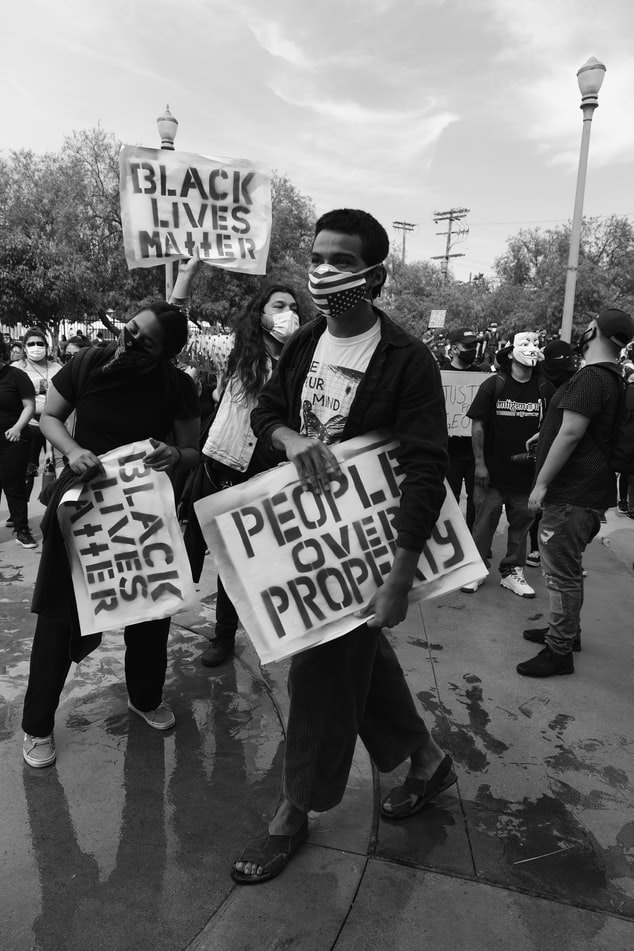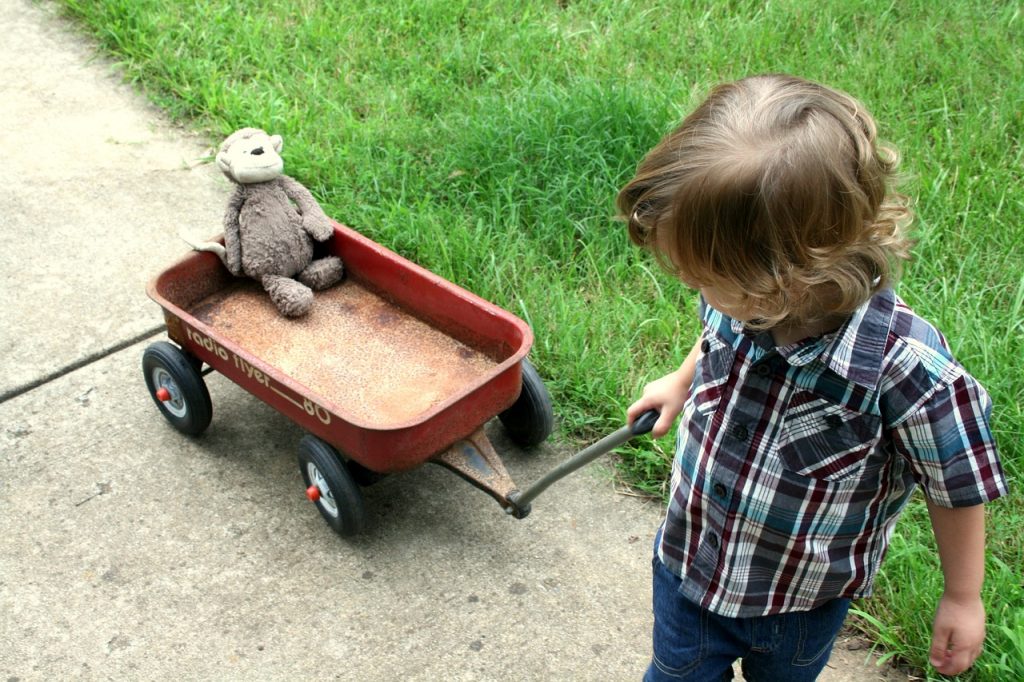
Hi everyone, a couple of announcements before we tackle this week’s topic. Please check out this critical SSIR article written by the team at RVC and me about Transformational Capacity Building. The way our sector has been doing capacity building has been grounded in white philosophies and practices. Thus it has not been working effectively for communities-of-color-led organizations. It is time for a new model and set of practices. The article is long, because we go into details and provide lots of examples, but check it out, because it’s awesome as hell.
Also, Community-Centric Fundraising (CCF) is now on Slack. We need a way for folks to begin connecting with one another to discuss how to make fundraising more equitable, form local CCF groups, and share successes and failures as we experiment and iterate. Slack was voted as the top preference at the CCF meeting last week. I honestly have little experience using it (*cough* I was rooting for Myspace, but was outnumbered by younger people). I’m going to learn. CCF is a movement; we’re going to learn stuff together! Anyway, join, it’ll be fun! (Slack does not preclude other platforms from being used in the future; it’s just a start)
***
After the kids went to sleep one day, my partner and I put up “Ugly Delicious,” a show where celebrity chef David Chang explores different types of food and talks to various chefs and restaurant owners. In one episode, he explores Viet-Cajun, the combination of Vietnamese and Cajun. It was great, until he interviewed a Vietnamese shrimp fisherman whose family came over decades ago, who worked hard, overcame racism (including the KKK attacking shrimping boats), and became successful. When Chef Chang asked his opinion on more recent immigrants and whether he could empathize with them, the dude said something along the lines of “Well, we worked hard, but a lot of immigrants these days just want handouts.”
Continue reading ““There Can Only Be One” Syndrome and how people of color can also uphold white supremacy and injustice”



